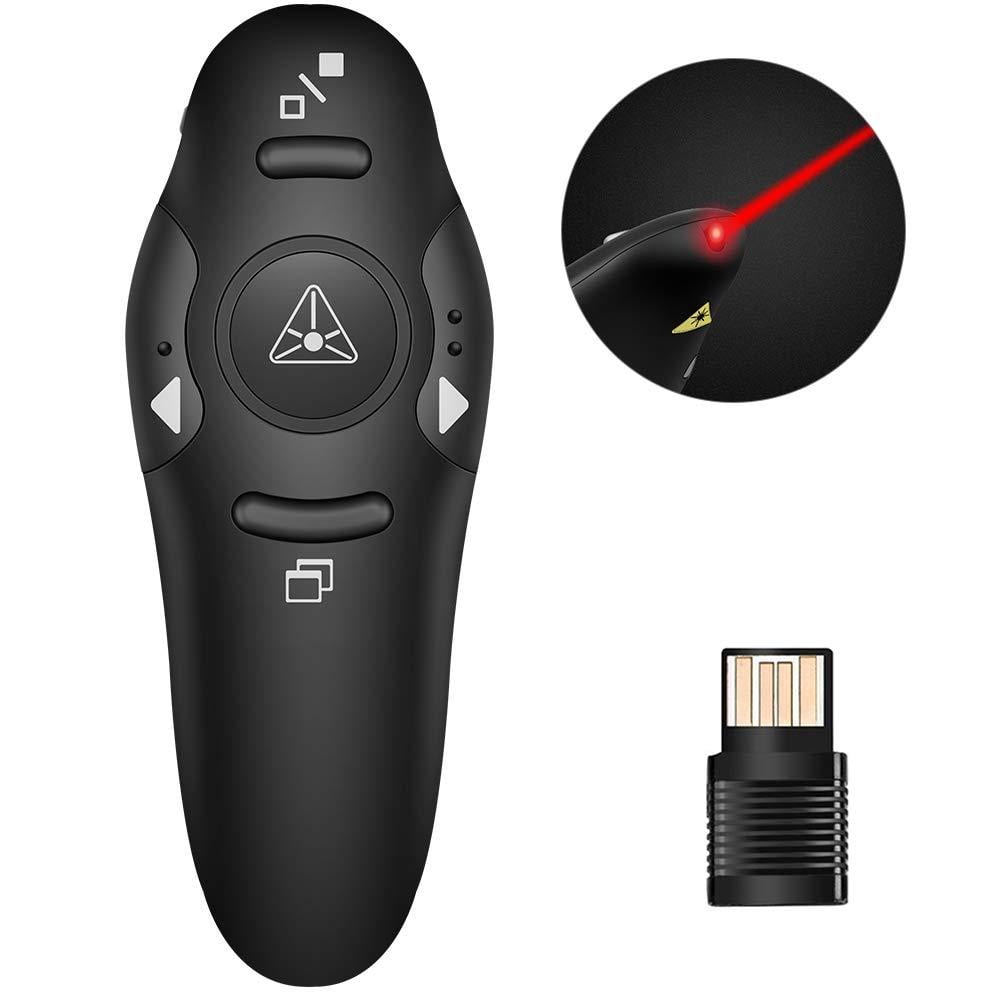

- MAC NOT DETECTING USB KEYNOTE REMOTE INSTALL
- MAC NOT DETECTING USB KEYNOTE REMOTE PRO
- MAC NOT DETECTING USB KEYNOTE REMOTE SOFTWARE
- MAC NOT DETECTING USB KEYNOTE REMOTE LICENSE
The standard Keynote controls were already set up by default (as well as instructions for a host of other applications), and so after opening Keynote I was able to control both slides and volume with my Apple Remote, just as I had before.
MAC NOT DETECTING USB KEYNOTE REMOTE INSTALL
All I needed to do was connect the device and install the software, which appears as a System Preferences pane. I had been a little nervous because I didn’t see any explicit mention of the product working with the latest hardware and operating system (OS X Mavericks, in my case), but there are no incompatibilities as near as I can tell. The device isn’t much bigger than a 9-volt battery, and ships with a standard USB ‘Mini-B’ cable to connect it to the computer. I am delighted to report that the Manta TR1 worked exactly as advertised, and exactly as I’d hoped it would.
MAC NOT DETECTING USB KEYNOTE REMOTE LICENSE
I purchased their bundle (the Manta TR1 and a license for Mira) and the hardware took about a week to arrive. Combined with Mira, the Manta TR1 appeared to be able to allow me to use my familiar Apple Remote with my new, non-IR equipped laptop.

In addition to their software, they sell an external infrared receiver, the Manta TR1.

MAC NOT DETECTING USB KEYNOTE REMOTE SOFTWARE
The Manta TR-1 USB Receiver from Twisted Melon.įinally I happened upon Twisted Melon, the developers of Mira, a software utility for customizing how your computer responds to the Apple Remote. For presentations, I took to using my Apple Magic Mouse as a clicker, which worked well for advancing through slides (though I had to be careful not to click it inadvertently) but which had no volume control. There are several presentation remotes on the market, and though some are nicely designed, none of the reasonably-priced models I was looking at included the important feature of volume control. (Part of the issue is wifi availability, but even the workaround for that - setting up an ad hoc wifi network between the laptop and iPhone - was extremely unreliable in my testing.) If there were a way to make the app work via Bluetooth, I think it would be more reliable, but unfortunately it is not designed to do so. I do have an iPhone, and this app is nicely designed, but it depends on a Wifi signal, and I have never been able to make it work consistently. The remote is compact and slips easily in my pocket or computer bag, and the older plastic models and the new brushed steel models are interchangeable and work equally well.Īpple doesn’t generally leave its users in the lurch, however, and the official replacement was Apple’s own Keynote Remote app for iOS. The simple design of the Apple Remote includes just what I need: controls for the next and previous slide, and control of the system volume. The reason this was a problem is because I used an Apple Remote to control my Keynote presentations, and it worked beautifully. Of course, Keynote itself works beautifully, and the Retina display makes everything look absolutely stunning, but with the new model, Apple decided - no doubt as a space-saving measure for the increasingly compact designs - to omit the infrared port. I consider myself something of a guru with Keynote, with participants coming up afterward to ask not only about the topic of the presentation but about the presentation itself. Until, that is, I went to give a Keynote presentation for a class. And like with every other upgrade, I love everything about the new machine.
MAC NOT DETECTING USB KEYNOTE REMOTE PRO
Such was the case this summer, when I replaced my 2006 MacBook Pro with a new 2013 model with a Retina display and a solid state hard drive. So laptop upgrades for me are generally times of wonder and amazement as my new computers represent, to me, some six or seven years of technological advancement.

Just as with cars, I tend to use computers until they die.


 0 kommentar(er)
0 kommentar(er)
